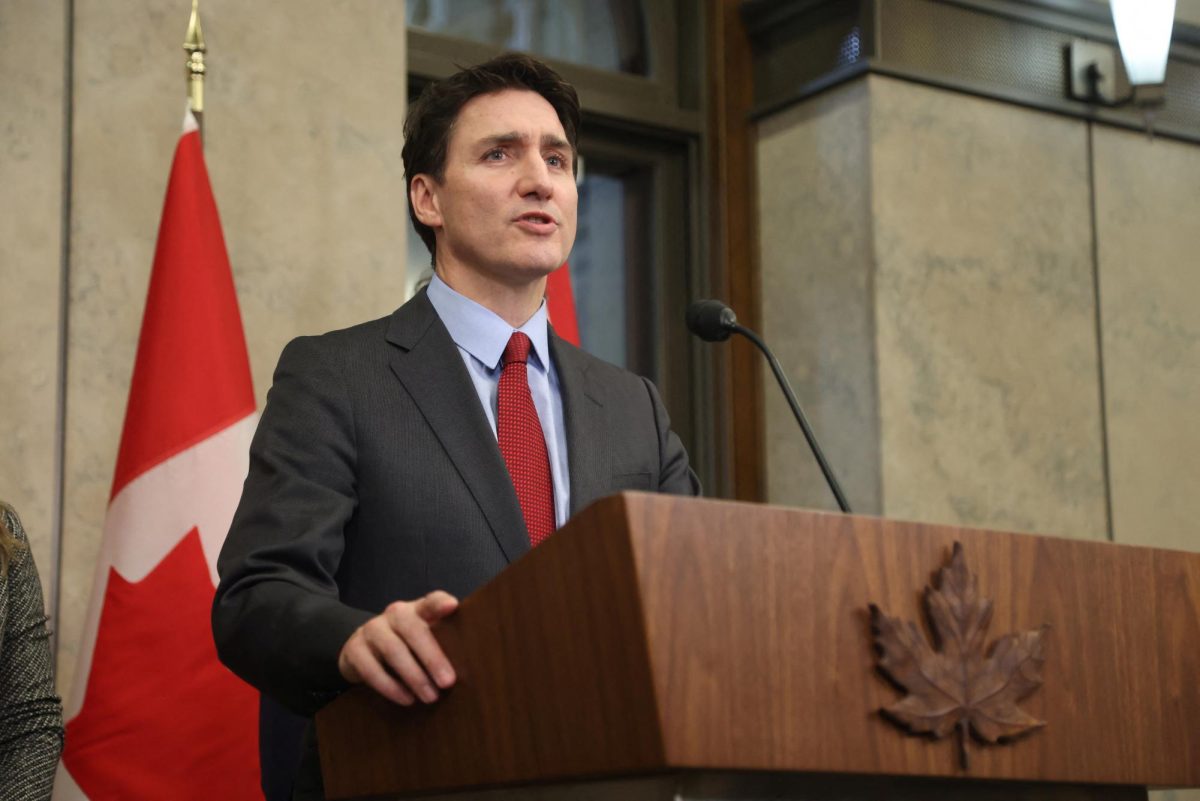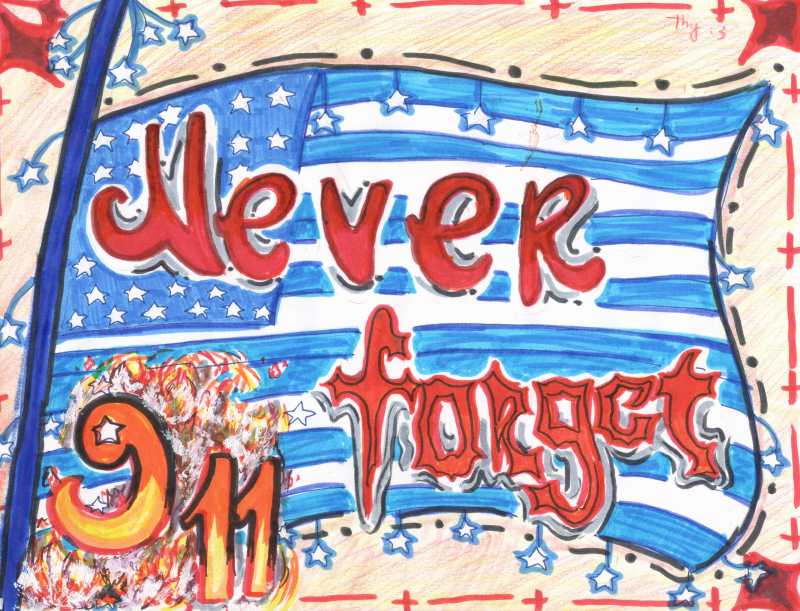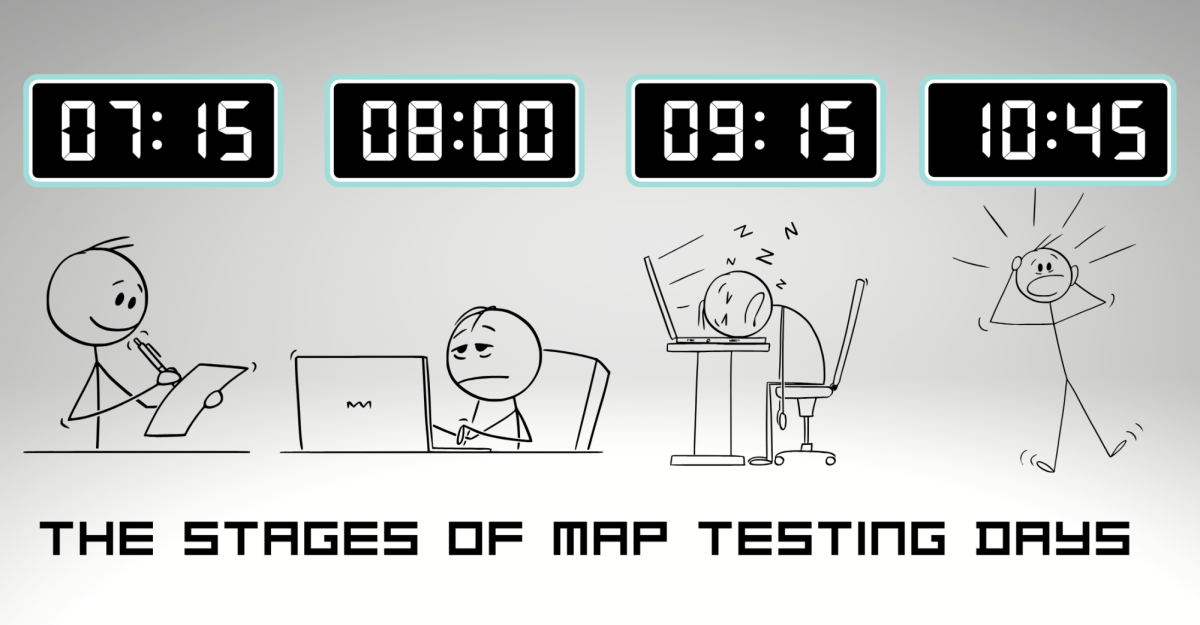Tariffs have been on policy’s center stage, and their impacts on ordinary people and on the overall economy can’t be wished away. Yes, their proponents argue tariffs protect industries from competition and create jobs, but reality is more costly.
At their heart, tariffs are taxes on foreign-made goods, designed to increase the price of foreign goods. To the outside world, this can be a boon for domestic industries. But the spillover seeps into every crevice of the economy. Consumers are forced to take the pain of higher bills, and tariffs increase the cost of anything from electronics to clothing. To households barely staying ahead of runaway living costs, this is a burden.
Moreover, tariffs also lead to retaliation. If tariffs are imposed, other countries retaliate with tariffs, and this leads to trade wars, destabilizing global supply networks. The industries with a heavy importation burden suffer more, and exporters suffer with lower access to global markets. The bilateral trade between the U.S. and China reminds us of the way tariffs can spin rapidly out of control and ruin economies and global trade.
During his first presidential term, Donald Trump changed global trade by imposing tariffs on multiple countries, mostly on China. In 2018, he started a trade war, taxing more than $360 billion worth of goods from China with the aim of reducing scams and protecting American industries. China retaliated by imposing tariffs back on the United States, increasing the tension. Trump also put tariffs on ally countries exports of steel and aluminum such as the EU, Canada, and Mexico. Though meant to boost American industry, they hurt consumers and businesses with higher bills, said their opponents.
While tariffs can be useful for industries in the short-term, they can end up choking competition and stunting innovations. Domestic industries, shielded from competition, may not be sufficiently encouraged to innovate, and therefore decrease their global competitiveness.
Policymakers must exercise caution. Tariffs can’t be the hammer of economic policy. Tariffs, instead, must be wielded as a tool of a grand strategy with foresight for the future of the economy. The actual expense of tariffs isn’t measured in terms of dollars. Let’s rethink how tariffs are used in the future for the economy.













